Keyyes Luxury Lifestyle App (iOS/Android)
Role: Product Design + Strategy
THE
CHALLENGE
Prior to my role, there was no one leading the UX. The app was very robust from a technical point of view but how it was being presented to users was very technical. My challenge was to improve the luxury approach to the app, increase in-app engagement time and checkout conversion rate.

THE
PROCESS
I conducted a full UX audit, competitor audit, stakeholder and user interviews to develop the core product strategy. Developing a clear product strategy helped all stakeholders have like-minded expectations of the app. It also helped provide a clear value proposition to consumers. The findings from the strategy led to designing the app more toward curation and less of a marketplace as it currently was. One user said, “I go to Amazon to get the best price, I come to Keyyes to get the best quality of whatever it is I want”. Another user said “ There’s so much noise on TripAdvisor, I would rather have curation on travel/dining experiences. I don’t care where I just want to be told by someone trusted it’s a good experience”
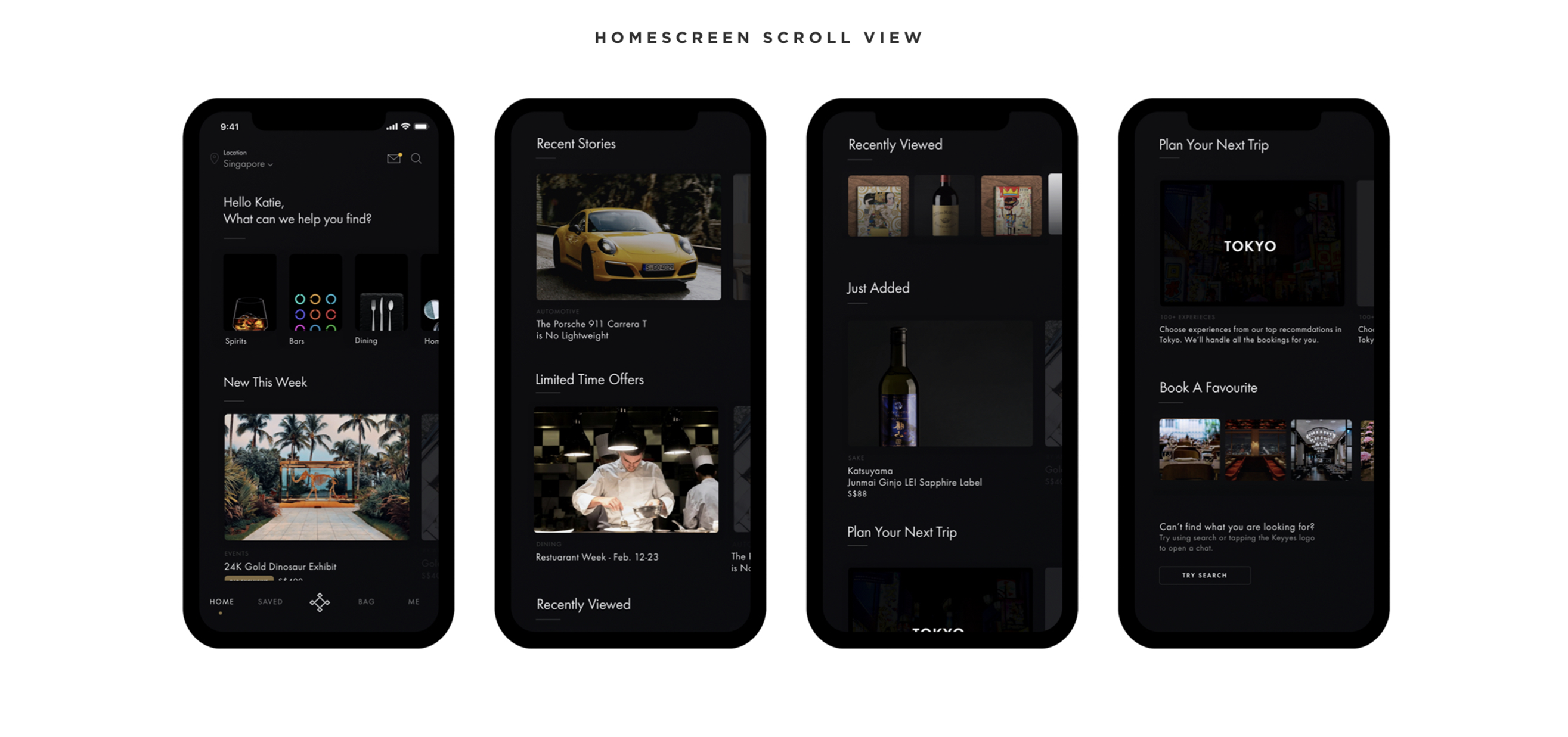
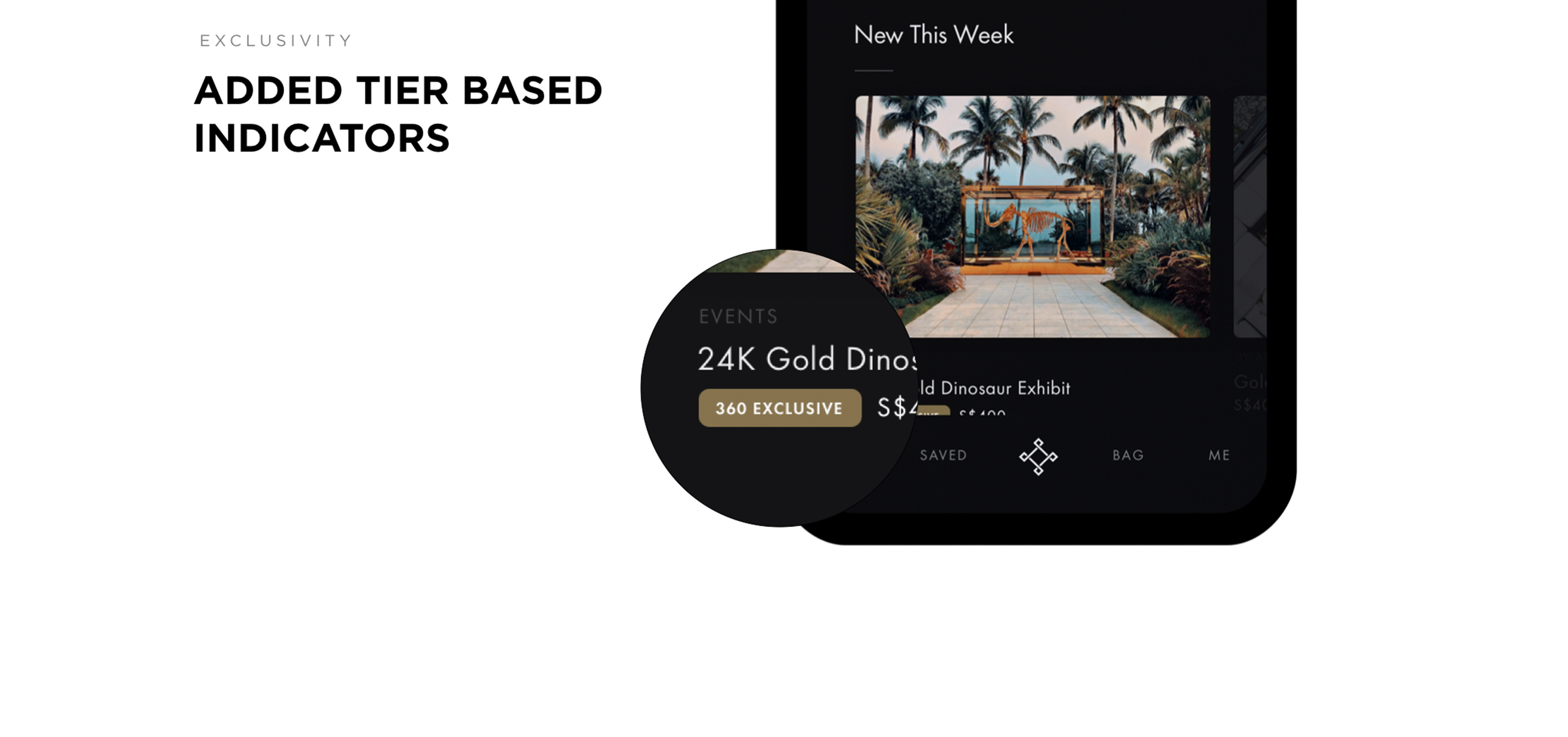
The target users from this app were ultra-high net worth individuals, so I heard hundreds of times, the design had to feel luxurious. That interpretation in design up to a lot of opinions. My design approach was to define luxury not by color or font but by “experience”. My design thinking was, if everyone felt they were being treated the same, then no one felt special. I redesigned the home screen to remove category fatigue and show content, products, booking at the top level. This design decision was aimed at making the home screen more approachable. The focus to increase engagement and return opens, I designed a daily pick generator that was shown based on the tier you were in the Keyyes rewards program.
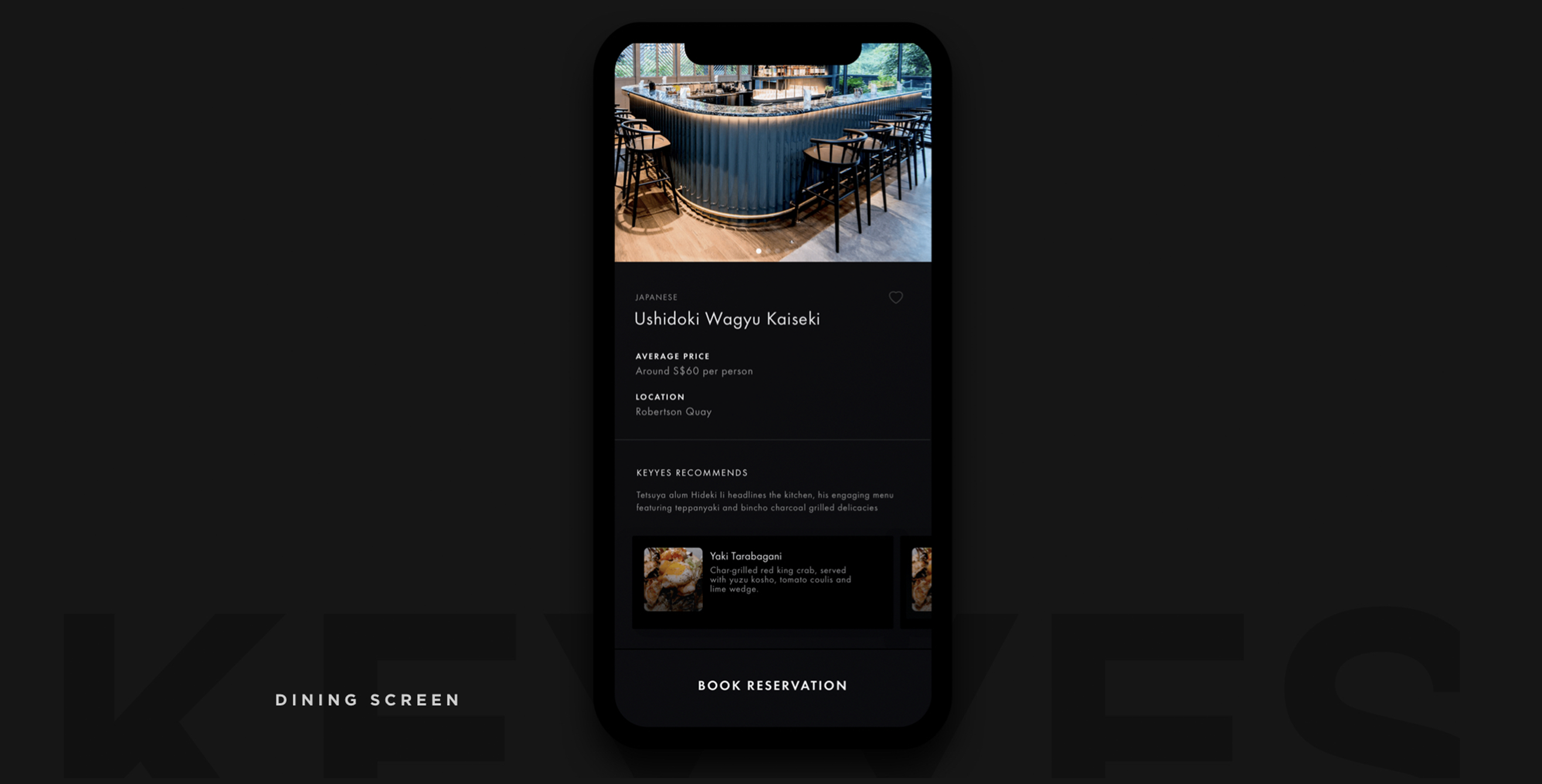
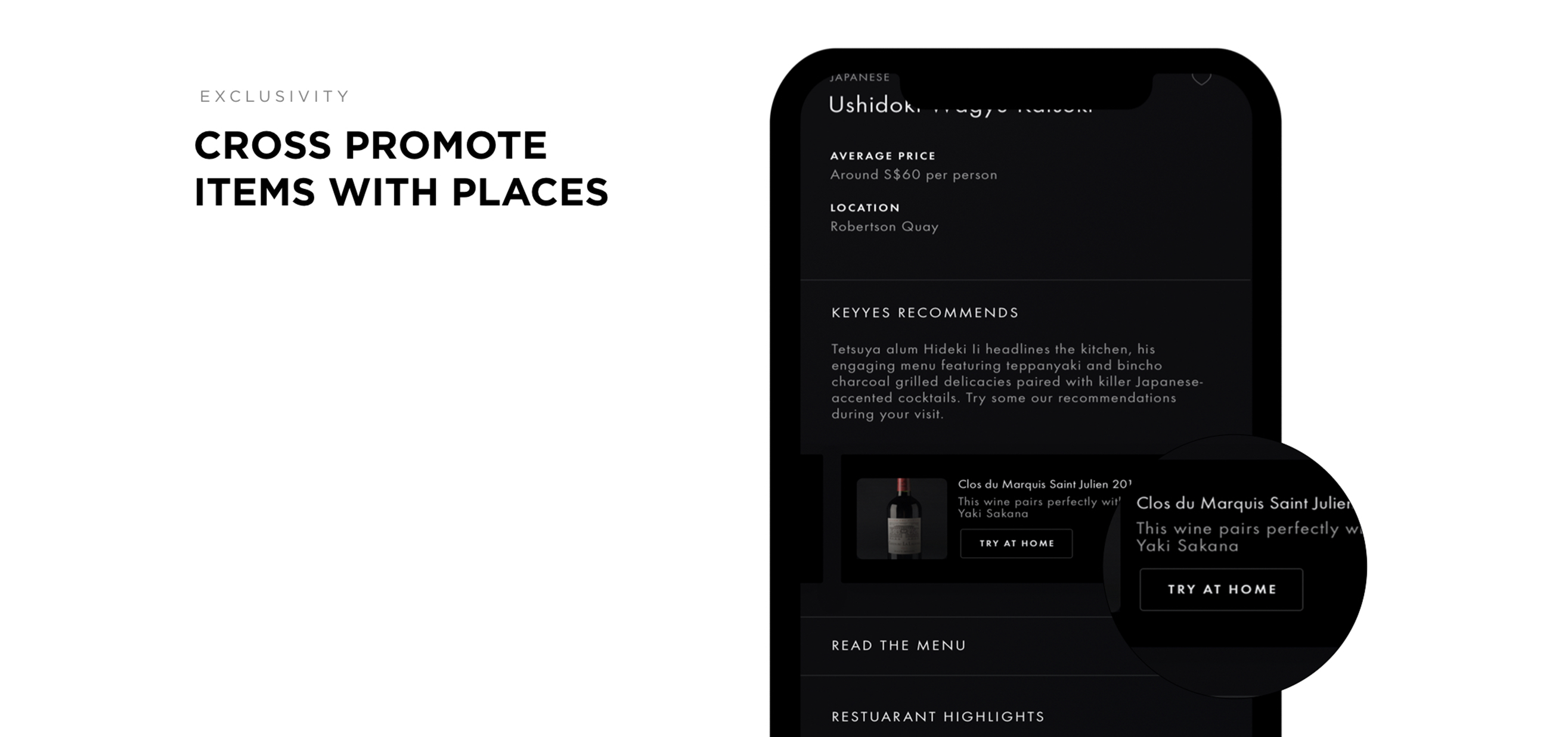
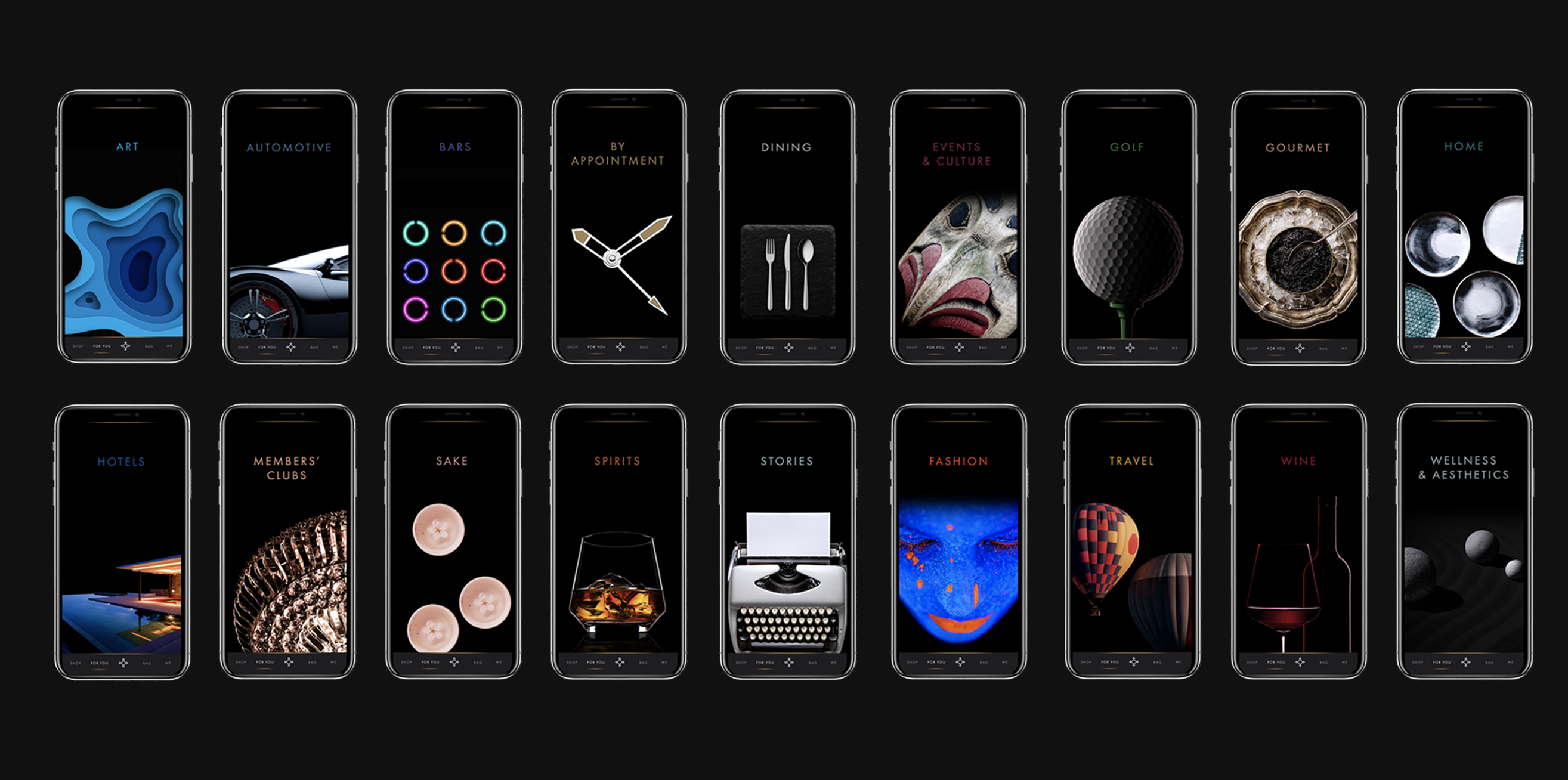

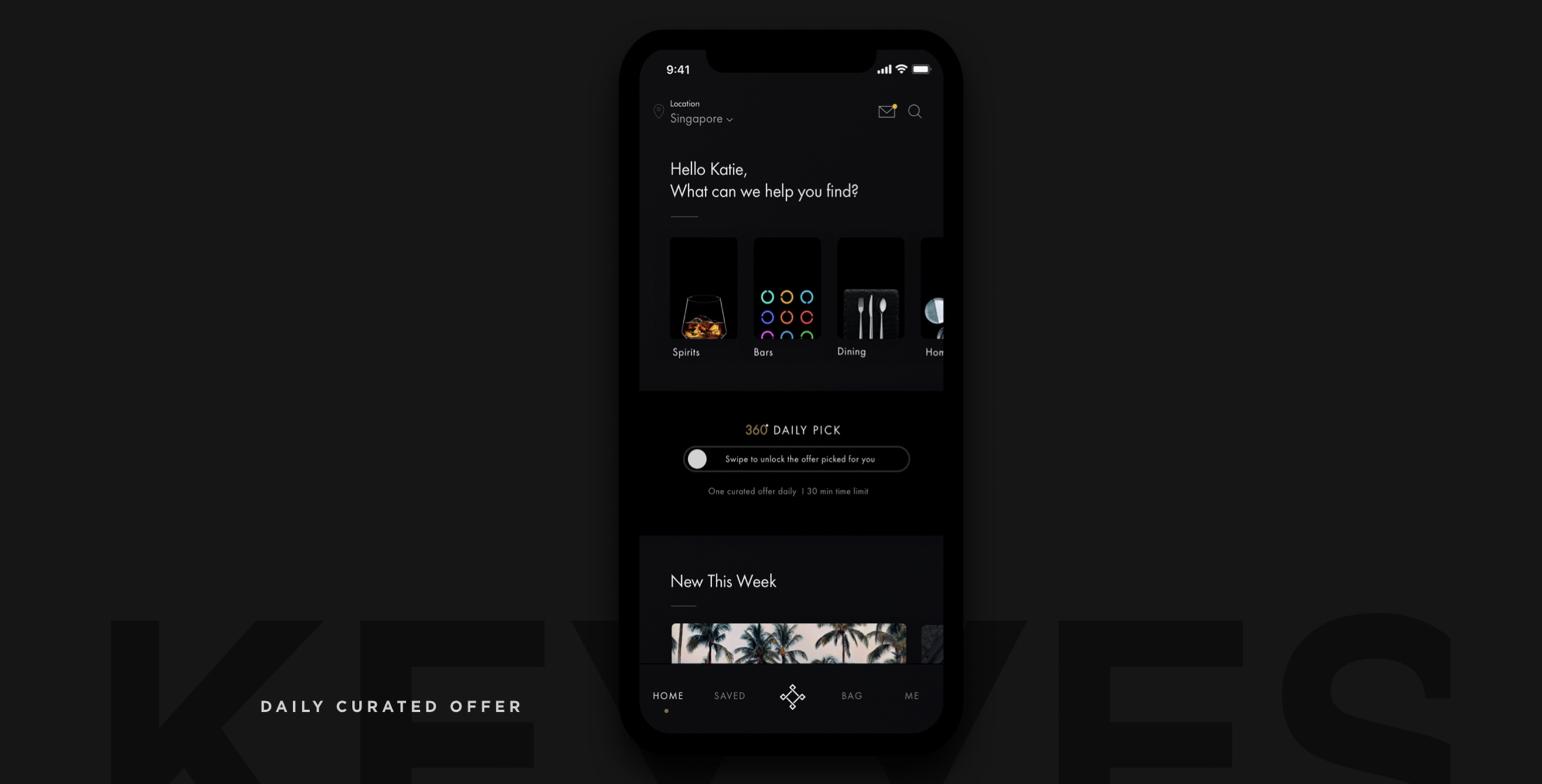
THE
RESULTS
User retention increased by 221%. The average revenue per active user showed significant growth from an average of US$302 prior to redesign to an average of US$475. Sales conversion rates increased by 13%. Customer acquisition saw significant improvement from US$20 to US$8.

